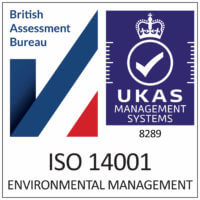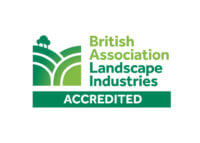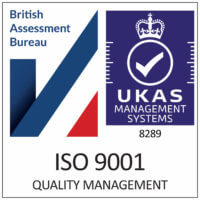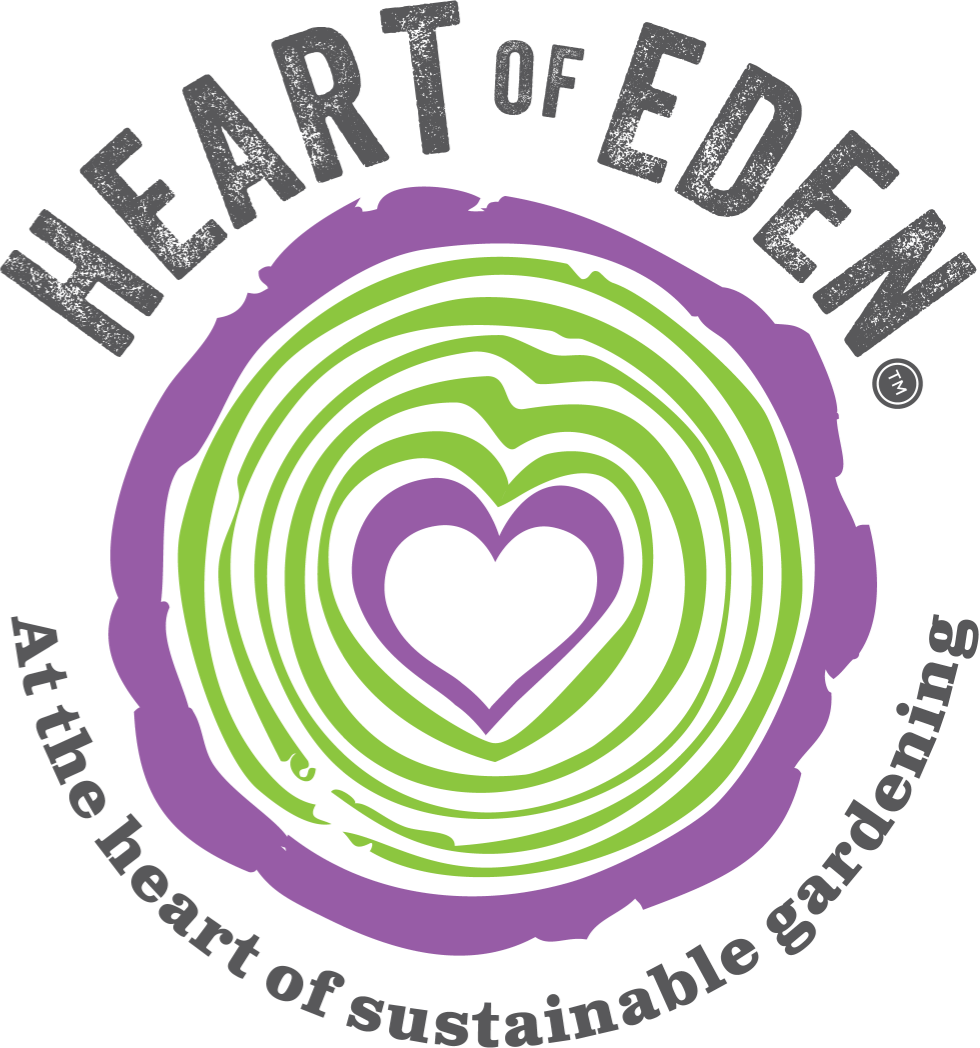Using Enriched Topsoil for Container Gardening
Nov 13th 2023
Are you a passionate gardener looking to enhance your container gardening skills? If so, you may be wondering if enriched topsoil is suitable for your gardening needs.
Benefits of Using Enriched Topsoil
Using enriched topsoil in your container gardening endeavors comes with several advantages that can significantly improve the health and productivity of your plants.
Nutrient-Rich
Enriched topsoil contains a variety of nutrients that are essential for plant growth.
Improved Drainage
Proper drainage is crucial for container gardening. When water cannot efficiently drain from containers, it can lead to waterlogged soil, which can suffocate the roots and cause root rot. Enriched topsoil, with its blend of organic and inorganic materials like perlite and vermiculite, promotes optimal drainage while still retaining enough moisture for the plants. This balanced drainage prevents the soil from becoming waterlogged, allowing the roots to breathe and helping to prevent fungal diseases.
Better Root Growth
Healthy root development is essential for strong, thriving plants. Enriched topsoil encourages robust root growth by providing a loose and well-aerated medium for the roots to expand. The combination of organic matter, like compost, and inorganic materials, such as perlite, in enriched topsoil creates a crumbly, friable texture that offers ample space for root penetration and expansion. With enhanced root growth, your container plants will be better equipped to take up water and nutrients, resulting in healthier and more vigorous plants.
Preparing Containers for Gardening
Properly preparing your containers is essential to create an ideal environment for your plants to grow and thrive. Here are some steps to follow when preparing your containers for gardening.
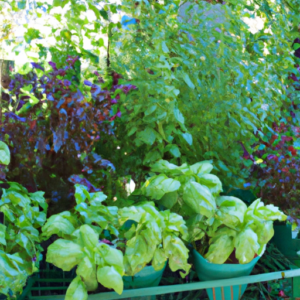
Selecting Suitable Containers
When selecting containers for your garden, it is essential to choose options that are suitable for your plants’ needs. Consider the size and depth of the container, as well as the material it is made from. Ensure that the container has adequate drainage holes to prevent water from pooling in the bottom. Additionally, consider the weight of the container, especially if you plan to move it frequently, and select a material that is durable and weather-resistant.
Filling Containers with Enriched Topsoil
Once you have chosen the right containers for your plants, it is time to fill them with enriched topsoil. Begin by placing a layer of small stones or broken pottery pieces at the bottom of the container to further enhance drainage. Then, simply fill the container with enriched topsoil, leaving some space at the top to accommodate watering. Gently tamp down the soil to remove any air pockets, ensuring that the soil is evenly distributed throughout the container. Avoid compacting the soil too tightly, as this can impede root growth.
Watering Techniques for Container Gardening
Proper watering techniques are crucial for the success of your container garden. Container plants have limited access to water compared to plants in the ground, making it essential to pay attention to their watering needs.

Proper Watering Frequency
The frequency of watering for container plants can vary depending on factors such as plant type, container size, and environmental conditions. As a general rule, it is best to water container plants when the top inch of the soil feels dry to the touch. To prevent overwatering or underwatering, observe your plants closely and adjust the watering frequency accordingly. Remember that it is better to underwater than overwater, as excessive moisture can lead to root rot and other plant diseases.
Avoiding Waterlogged Soil
Waterlogged soil can have detrimental effects on your container plants, as it deprives the roots of oxygen and can promote the growth of harmful fungi and bacteria. To avoid waterlogged soil, ensure that your containers have proper drainage holes to allow excess water to escape. Additionally, avoid using saucers or trays under your containers that can trap standing water. If you notice that water is pooling on the surface or that the soil feels constantly wet, reduce the frequency of watering and consider adjusting the drainage of your containers.
Choosing the Right Plants for Container Gardening
Choosing the right plants is essential for successful container gardening. Not all plants are well-suited for container life, so consider the following factors when selecting plants for your containers.
Understanding Plant Requirements
Different plants have different requirements for sunlight, water, and nutrition. Before selecting plants for your containers, assess the available sunlight in the area where you plan to place the containers. Some plants thrive in full sun, while others prefer partial shade or shade. Consider the water needs of the plants as well, ensuring that they are compatible with the watering frequency you can provide. Finally, take note of the nutritional requirements of the plants and choose plants that can thrive in the nutrient-rich environment provided by the enriched topsoil.
Selecting Appropriate Container Plants
When selecting plants for your containers, it is important to choose varieties that are well-suited for container gardening. Look for plants labeled as suitable for containers or compact varieties that do not require excessive space for root growth. Consider the mature size of the plants, ensuring that they will not become overcrowded in their containers. Furthermore, select plants that have similar water and sunlight requirements if you plan to plant multiple plants in a single container.
Ensuring Proper Drainage in Containers
Proper drainage is crucial for the health and well-being of your container plants. Insufficient drainage can lead to waterlogged soil and root rot. Here are some steps you can take to ensure proper drainage in your containers.
Containers with Drainage Holes
Choosing containers with drainage holes is the first step in ensuring proper drainage. These holes allow excess water to escape the container, preventing water from accumulating and causing harm to the plants. If your favorite container does not have drainage holes, you can create some yourself using a drill or hammer and nail. Just make sure to place a tray or saucer underneath the container to catch the drained water.
Adding Drainage Materials
In addition to drainage holes, you can further enhance the drainage in your containers by adding drainage materials to the bottom of the container. This can include a layer of small stones, gravel, or even broken pottery pieces. These materials help create space for water to flow freely through the container, preventing it from pooling at the bottom. When using drainage materials, ensure that they do not block the drainage holes or affect the stability of the container.
Tips for Maintaining Container Gardens
Maintaining your container gardens is essential to keep them healthy and thriving. Regular care and attention will ensure that your plants continue to flourish and provide beauty and enjoyment. Here are some tips for maintaining your container gardens.
Pruning and Trimming
Pruning and trimming your container plants is essential to maintain their shape and encourage healthy growth. Remove any dead or damaged foliage or flowers to prevent the spread of disease or pest infestation. Regularly check for overgrowth and trim back branches or stems that may be obstructing airflow or blocking sunlight. Pruning also helps promote fuller and bushier growth, enhancing the overall appearance of your container plants.
Common Mistakes to Avoid
While container gardening can be a rewarding and enjoyable endeavor, it is important to avoid some common mistakes that can hinder the success of your plants. By being aware of these pitfalls, you can prevent potential issues and create a thriving container garden.
Overwatering
One of the most common mistakes in container gardening is overwatering. It is easy to assume that more water is always better for the plants, but excessive moisture can cause root rot and the development of fungal diseases. To avoid overwatering, ensure that you water your plants only when the soil feels dry to the touch. Practice regular inspection and adjust the watering frequency as needed. Remember, it is better to underwater than to overwater your container plants.
Choosing Wrong Container Size
Choosing the wrong container size can also impact the growth of your plants. Containers that are too small may restrict root development, leading to stunted growth and limited nutrient uptake. On the other hand, containers that are too large can hold excessive moisture, causing waterlogged soil and root rot. Select containers that are appropriately sized for the plants you wish to grow, considering their mature size and root system requirements.


